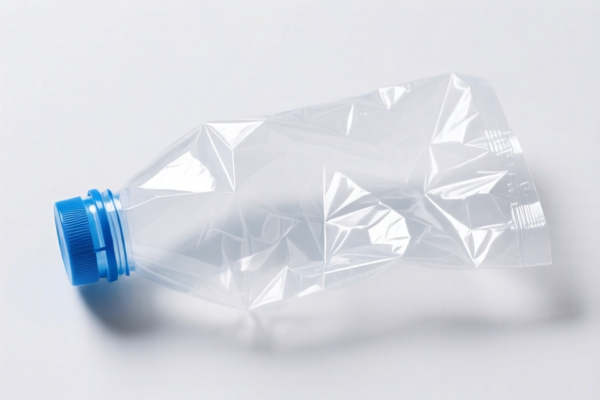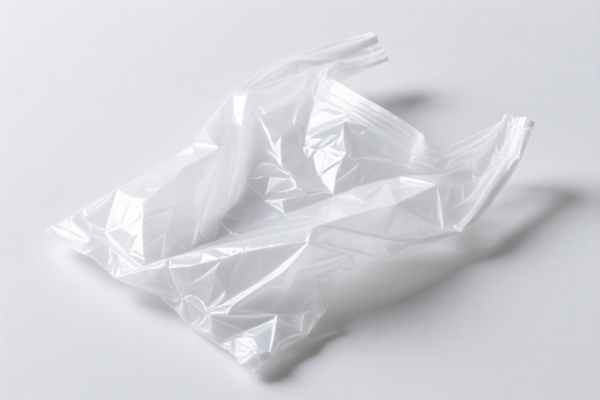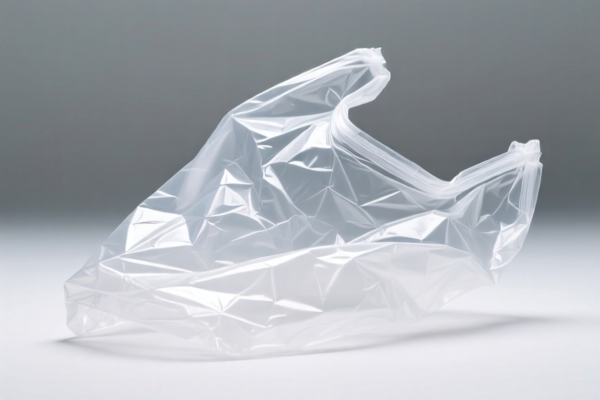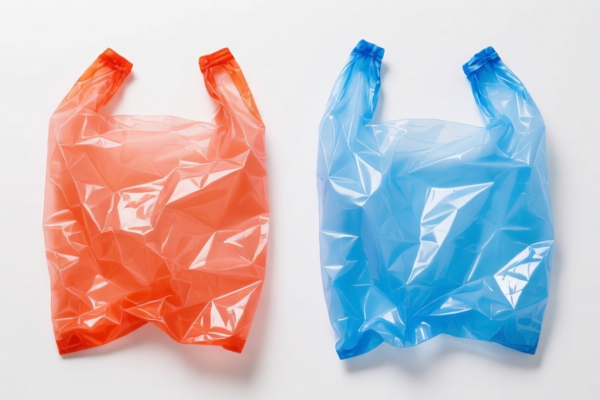| HS Code | Official Doc | Tariff Rate | Origin | Destination | Effective Date |
|---|---|---|---|---|---|
| 3926902100 | Doc | 41.7% | CN | US | 2025-05-12 |
| 3926909905 | Doc | 42.8% | CN | US | 2025-05-12 |
| 3923500000 | Doc | 60.3% | CN | US | 2025-05-12 |
| 9620005000 | Doc | 60.3% | CN | US | 2025-05-12 |
| 9619000500 | Doc | 42.5% | CN | US | 2025-05-12 |
| 9619009000 | Doc | 44.5% | CN | US | 2025-05-12 |




Plastic Stent
A plastic stent is a small, tubular medical device inserted into a body passageway to maintain or restore its patency. They are widely used to treat obstructions or narrowings in various anatomical locations.
Material
Plastic stents are typically manufactured from biocompatible polymers. Common materials include:
- Polyurethane: Offers flexibility, durability, and resistance to kinking. Frequently used in biliary and urinary stents.
- Polyvinyl Chloride (PVC): A more rigid material, historically used but less common now due to concerns regarding long-term biocompatibility and flexibility.
- Polyethylene: Used in some specialized applications requiring a softer, more pliable stent.
- Silicone: Offers excellent biocompatibility and is used in applications requiring long-term indwelling.
Purpose
The primary purpose of a plastic stent is to overcome or bypass an obstruction, allowing for the flow of fluids (bile, urine, cerebrospinal fluid, etc.). They are not designed to permanently expand or remodel the passageway, unlike metallic stents.
Function
Plastic stents function by physically holding open a narrowed or blocked passageway. This prevents collapse and allows for drainage of fluids, reducing pressure upstream of the obstruction. Some stents are designed with specific features to enhance drainage, such as multiple side holes or a flared distal end.
Usage Scenarios
- Biliary Stents: Used to treat blockages in the bile ducts caused by tumors, stones, strictures (narrowing), or inflammation. They facilitate bile flow from the liver to the intestines, alleviating jaundice and preventing liver damage.
- Urinary Stents: Used to treat obstructions in the ureters (tubes connecting the kidneys to the bladder) caused by kidney stones, tumors, strictures, or post-surgical complications. They allow urine to drain from the kidney to the bladder. Double-J stents (a specific type) are particularly common.
- Esophageal Stents: Used to treat esophageal strictures (narrowing) caused by cancer, inflammation, or radiation therapy. They allow for passage of food and liquids.
- Tracheal Stents: Used to maintain airway patency in patients with tracheal stenosis (narrowing).
- Cerebrospinal Fluid (CSF) Shunts: While often made of other materials, plastic components are integral to CSF shunts used to drain excess fluid from the brain.
Common Types
- Double-J Stents (Urinary): The most common type of urinary stent. Features a curled end in the kidney and a curled end in the bladder, providing stability.
- Single-Pigtail Stents (Urinary): Have a single curled end, typically placed in the kidney.
- Fully Encased Stents (Biliary): Covered with a membrane to prevent tumor ingrowth or stricture formation.
- Bare Metal Stents (Biliary): Uncovered stents, used for shorter-term drainage.
- Esophageal Self-Expanding Plastic Stents (SEPS): Covered, self-expanding stents used for esophageal strictures. These are often covered with a mesh to prevent tissue migration.
Based on the material, use, and application scenarios, a plastic stent is an article made of plastics, typically used for medical purposes within the body.
The following HS codes are relevant to plastic stents, based on the provided reference material:
- 3926902100: This HS code covers “Other articles of plastics and articles of other materials of headings 3901 to 3914: Other: Ice bags; douche bags, enema bags, hot water bottles, and fittings therefor; invalid and similar nursing cushions; dress shields; pessaries; prophylactics; bulbs for syringes; syringes (other than hypodermic syringes) and fittings therefor, not in part of glass or metal”. While broad, this code includes various medical-related plastic articles. The basic tariff is 4.2%, with an additional 7.5% surcharge, increasing to 30.0% after April 2, 2025, resulting in a total tariff of 41.7%.
- 3926909905: This HS code covers “Other articles of plastics and articles of other materials of headings 3901 to 3914: Other: Other Elastic bands made wholly of plastics”. If the plastic stent possesses elastic properties, this code may be applicable. The basic tariff is 5.3%, with an additional 7.5% surcharge, increasing to 30.0% after April 2, 2025, resulting in a total tariff of 42.8%.
It is important to note that the classification of a plastic stent will depend on its specific characteristics and intended use. If the stent is specifically designed for medical implantation or has specialized features, further investigation may be required to determine the most appropriate HS code.
Customer Reviews
No reviews yet.